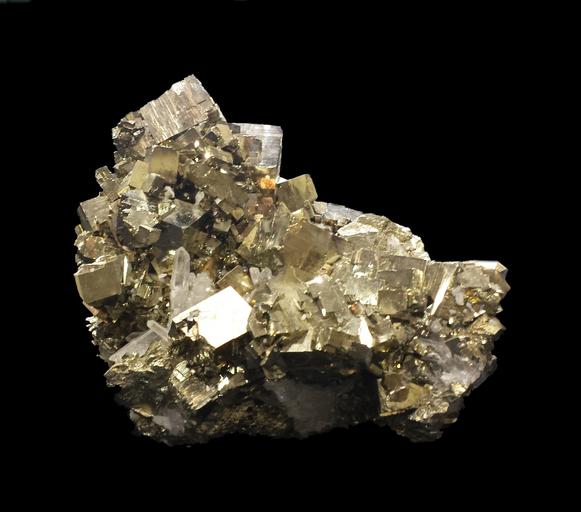
Iron: Reflections
IronThe water runs out of the Earth’s flesh, streaming red like blood from the… read more

Alloy steels are carbon steels with other additives such as nickel, chromium, vanadium, tungsten and manganese. These are stronger and tougher than carbon steels and have a huge variety of applications including bridges, electricity pylons, bicycle chains, cutting tools and rifle barrels.
Iron catalysts are used in the Haber process for producing ammonia, and in the Fischer–Tropsch process for converting syngas (hydrogen and carbon monoxide) into liquid fuels.
Europeans developed iron smelting from bog iron during the Pre-Roman Iron Age of the 5th/4th–1st centuries BCE.
Iron is an essential element for all forms of life and is non-toxic.
The average human contains about 4 grams of iron. A lot of this is in haemoglobin, in the blood. Haemoglobin carries oxygen from our lungs to the cells, where it is needed for tissue respiration.
A lack of iron will cause anaemia to develop. Symptoms can include: tiredness and lack of energy, shortness of breath, noticeable heartbeats (heart palpitations), pale skin.
Ceremonial iron rings.
Replenishment of bog iron.
Steel production.

The water runs out of the Earth’s flesh, streaming red like blood from the… read more
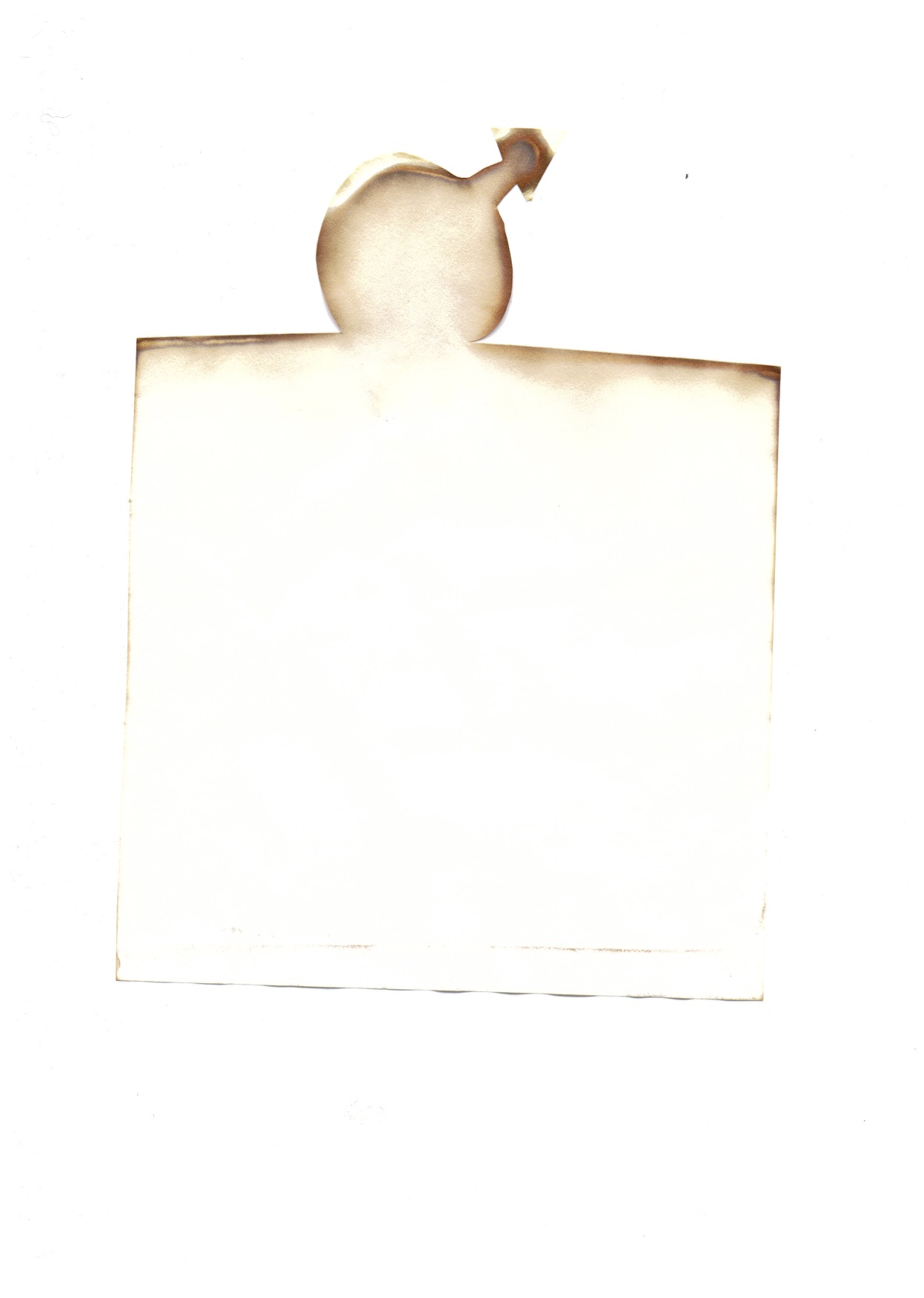
Day 2 Day 3 Day 4 Day 5 Day 6

/// Making the Cyanotype
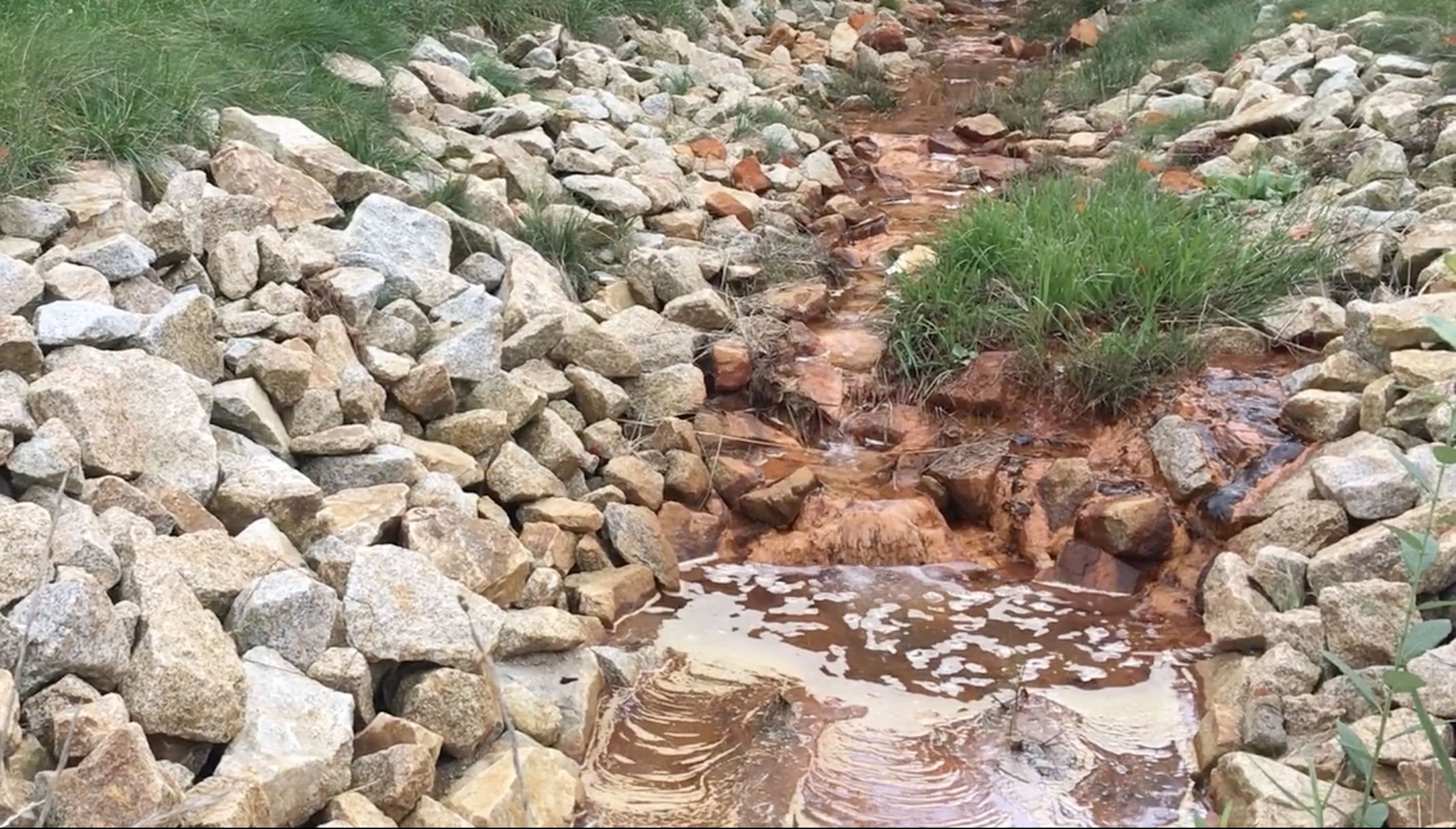
I feel heavy, saturated. Like a cannonball in my stomach, like something is gestating in… read more
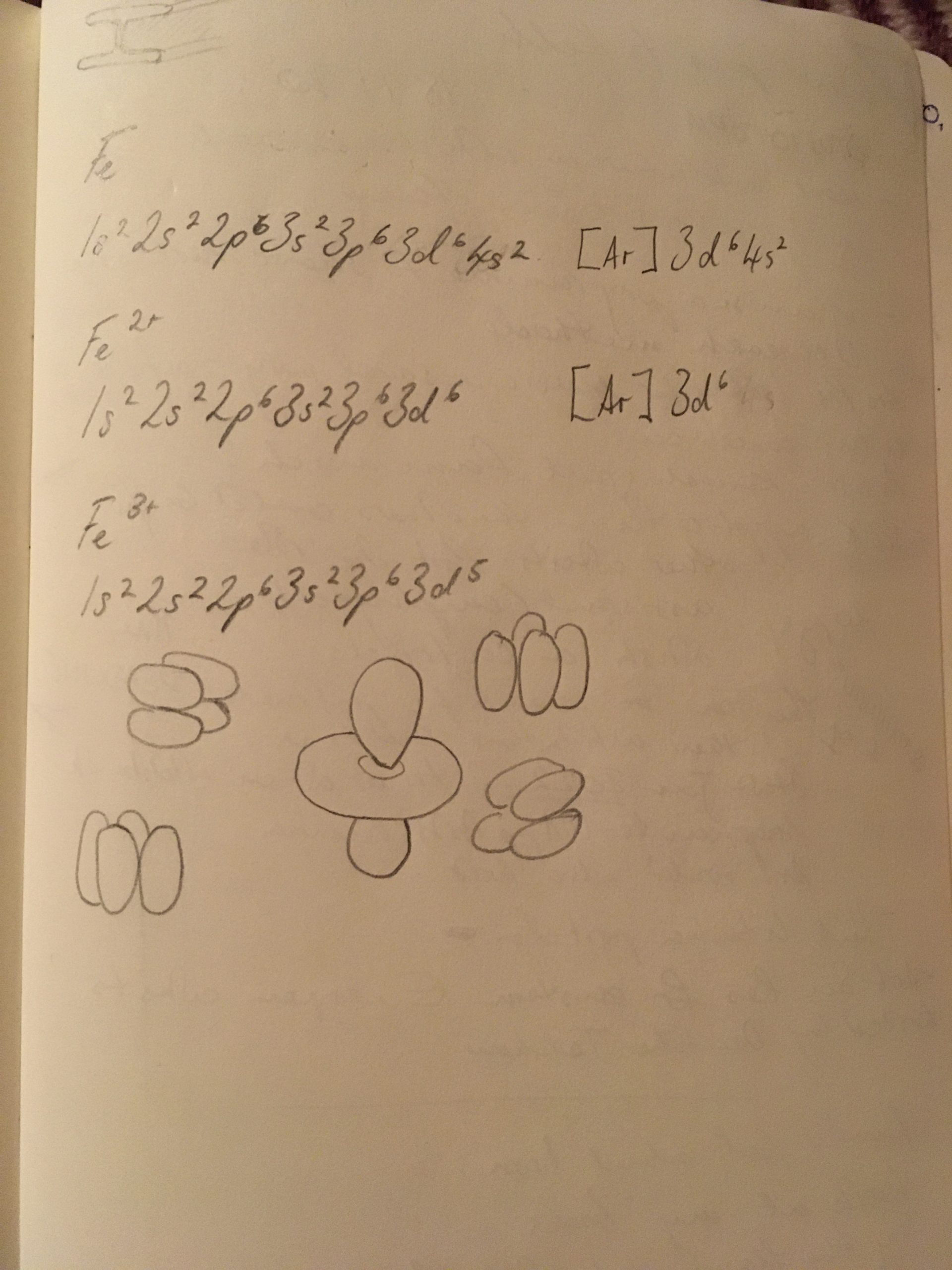
Most likely Na, C, O, N. Iron – power and force!!!… read more
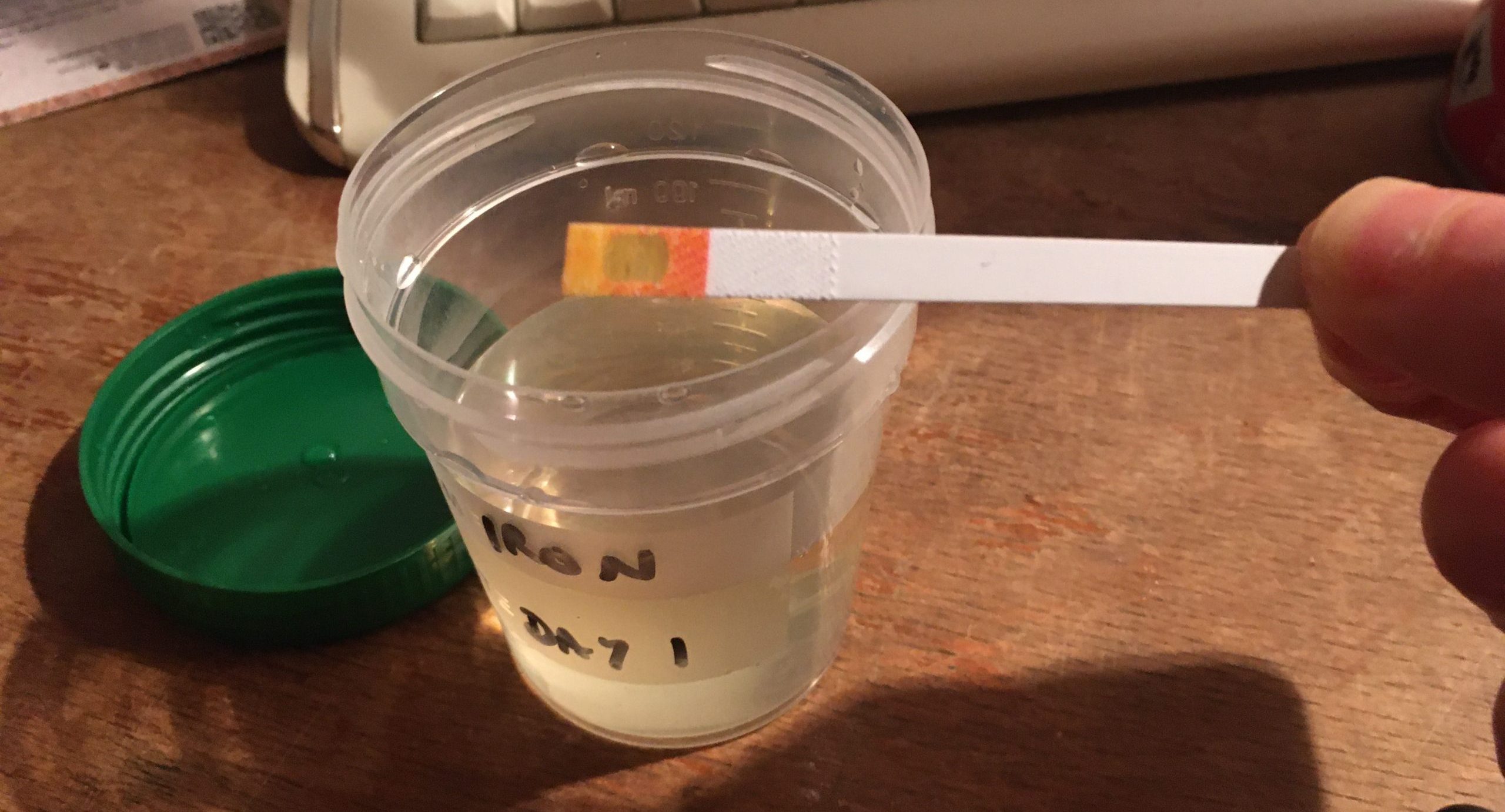
My whole life led up to this point. The chemistry of my biology. Today I… read more